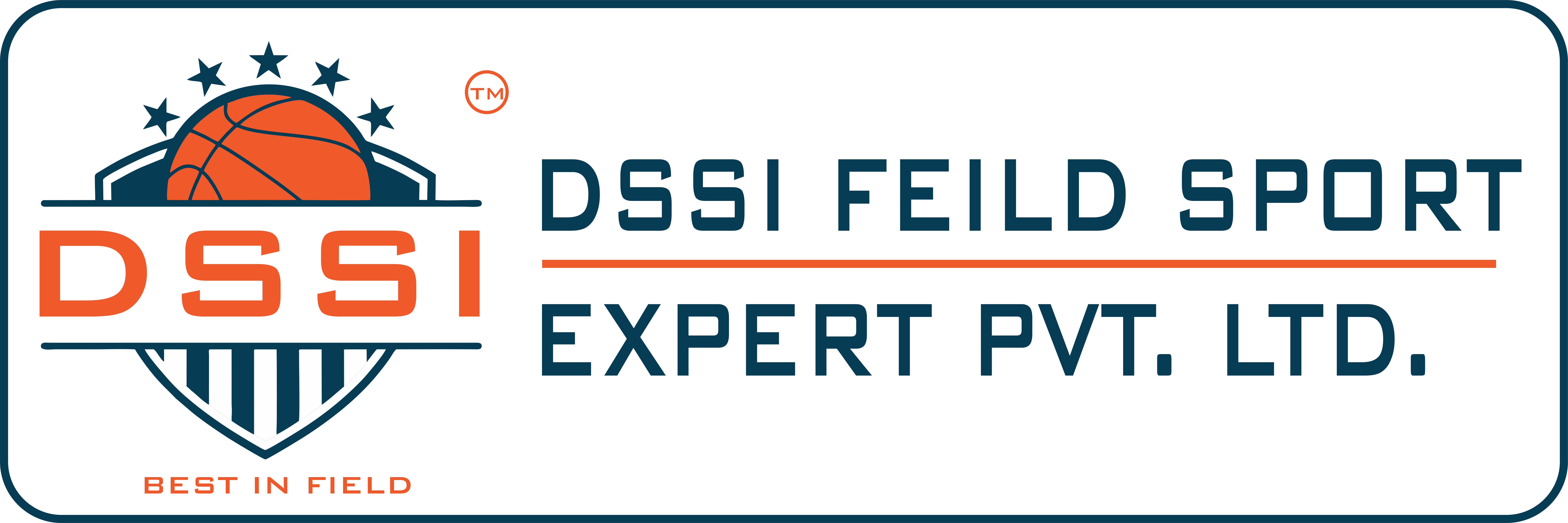
Pickleball
Line Tolerances:
– Net line to outside of NVZ line: 7’ +/- 1⁄8”
– Net line to outside of baseline: 22’ +/- 1⁄4”
– Outside sideline to outside sideline: 20’ +/- 1⁄4”
– Outside sideline to centerline: 10’ +/- 1⁄8”
– Diagonal dimension to out of lines: 48’ 4” +/- 3⁄4”
COURT LAYOUT:
Baselines: sit parallel to the net at the end of the court. Sidelines: running the length of the court. Non-volley zone (NVZ): the area on either side of the net bound in by a line parallel to and 7 feet from the net and two sidelines. Centerline: extends down the center from the baselines to the NVZ, dividing the court. Service area: the area beyond the NVZ on either side of the centerline, including the centerline, sideline, and baseline
SURFACE:
Any hard surface (i.e. concrete or asphalt) will suffice for outdoor gameplay, so long as it’s free of debris. Grass will not allow the ball to bounce, but driveways or cul-du-sacs can work fine with enough space. Ideally, the surface area should be about 30 feet by 60 feet. For more professional and permanent outdoor court surfacing, there are sport surfacing systems and services available.
NETTING:
The net can be made out of any mesh material that will not allow a ball to pass through. It should be at least 21 feet 9 inches long, stretching from post to post; from the bottom edge to the top, it should be at least 30 inches wide. The posts should be 22 feet apart, and no more than 3 inches in diameter. Once the net is suspended from the posts across the center of the court, it should be 36 inches tall at the sidelines, and 34 inches tall in the center. The top edge of the net should have a cord or cable and it should be covered with a 2-inch tape
LINES:
Lines can be made with chalk, tape, paint, or even crayons, but generally tape is the best option for DIY
INDOOR:
The lines, netting, and space requirements for indoor pickleball play are the same as outdoor, but different lighting, fencing, and surfacing options are available, and should be considered. Indoor play allows for fluorescent lighting options that cannot function outside like HID and LED lights would. Indoor play also allows for different flooring options that are not feasible outdoors, like hardwood or rubberized surfaces. Fencing considerations can also vary more with indoor courts, as the surrounding environment does not pose as much a risk as it may outdoors
